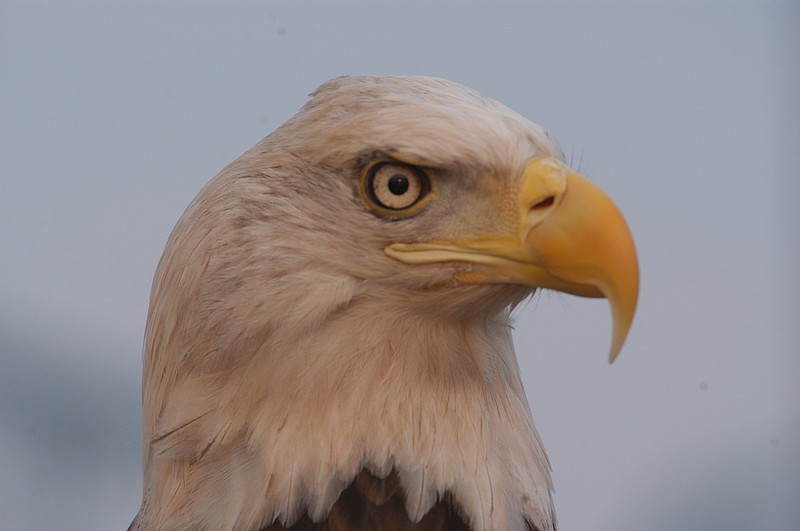The Obama administration's explanation last week of how it would conserve eagles by killing more of them sounds as if it was handed down from the Ministry of Truth in George Orwell's "1984."
The administration, in unveiling a proposal and beginning a 60-day public comment period, would permit the deaths of four times the current limit of federally protected bald and golden eagles to operate cost-inefficient, high-speed wind turbines.
The plan, according to Fish and Wildlife Service Director Dan Ashe, is "a great tool to work with to [advance] conservation of two iconic species."
The explanation sounded like an example of Orwell's doublethink, which the author defined as the ability to hold two completely contradictory beliefs at the same time and to believe they are both true. In his then-futuristic novel, the Party used doublethink as part of its large-scale campaign of propaganda and psychological manipulation of the public.
Bald eagles, the U.S. national symbol, dwindled to a low of just over 400 nesting pairs in the lower 48 states in 1963, and the species was one of the first to receive protection under the precursor to the Endangered Species Act in 1967. However, in 2007, it was removed from the Federal List of Endangered and Threatened Wildlife and Plants list, and some 143,000 bald eagles and 40,000 golden eagles are said to exist today.
The administration's proposal would allow wind power companies and other power providers to kill or injure 4,200 bald eagles a year without penalty. Golden eagles could be killed only if companies take steps - such as retrofitting power poles to reduce the risk of electrocution - to minimize the losses.
Ashe said up to 500 golden eagles are killed yearly by collisions with wind towers, power lines, buildings and motor vehicles. Others fall prey to gunshots and poisonings.
The "good news" in the proposal, he said, would set objectives for eagle management, address how bird populations will be monitored and provide a framework for how the permitting system fits within the agency's overall eagle management.
In other words, a lot of paperwork will be expended to convince you that killing these birds is totally cool.
Currently, the Bald and Golden Eagle Protection Act and the Migratory Bird Treaty Act forbid killing, selling or otherwise harming eagles, their nests or eggs without a permit.
So, what price has been put on these beautiful birds?
Companies, under the proposal, would pay a $36,000 fee for a long-term permit allowing them to kill or injure eagles. They also would be charged a $15,000 administrative fee every five years for the long-term permits.
Imagine if you will - because the administration apparently hasn't - what it is like for eagles to fly into these clusters of turbines as tall as 30-story buildings with spinning rotors at speeds of up to 170 miles an hour at the tips. Now try inserting "dogs," "cats" or your favorite animal instead of eagles, and see how a set price for slaughter weighs on the conscience.
The Obama administration proposal was drawn up because last year a federal judge in California blocked a 2013 rule that gave wind energy companies a 30-year-pass to kill bald and golden eagles. The judge said the Fish and Wildlife Service failed to follow environmental procedural requirements in issuing its pass.
Permit yourself here - just for a moment - the outcry if a Republican president were to suggest the country needed to kill more eagles to increase oil production:
"Bush To Eagles: Drop Dead."
"Romney Hates Birds."
"Trump Anxious To Rid Country Of U.S. Symbol."
With the Obama administration, Ashe trotted out the mantra of the massive turbines helping "the country reduce its reliance on fossil fuels" that contribute to climate change - although its cost is not yet competitive with fossil fuel energy if its massive government subsidies are removed - and nobody raised an eyebrow.
The bald eagle was adopted as the national symbol of the country after it was included on the Great Seal of the United States in 1782. Seeing its snowy white head, its up to 7-foot wingspan and its majestic flight often reminds us of the beauty, freedom and openness found in America.
But unless there is significant blowback to the administration's proposal by fall, the fate of many of these creatures will be sealed.
